The Sumerian civilization, one of the earliest and most influential cultures in human history, thrived from approximately 4100 BCE to 1750 BCE in Mesopotamia, modern-day Iraq. Known for their innovative advancements in technology, religion, and governance, the Sumerians left a profound legacy that continues to intrigue historians and researchers. Let’s explore many ancient Egyptian civilizations with archeology.dulichvn.net
Who was the Sumerian civilization?
The Land of Civilized Kings
The name “Sumer” translates to “land of the civilized kings,” reflecting the society’s advanced governance and culture. The Sumerians were pioneers in establishing organized city-states such as Uruk, Ur, and Eridu, laying the foundation for future civilizations.
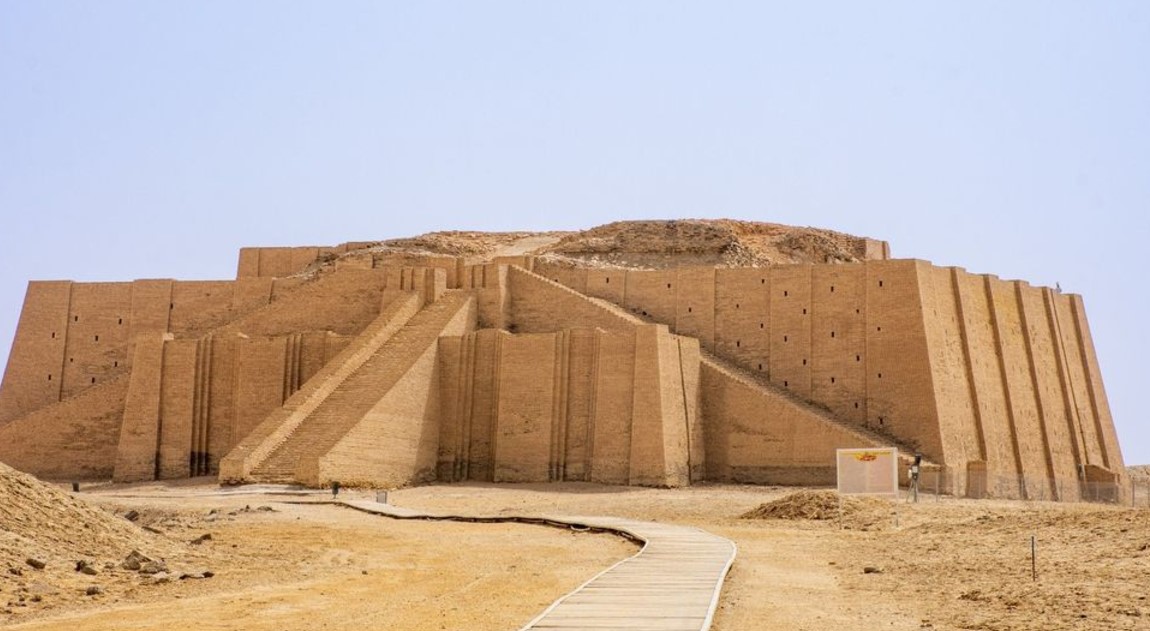
Innovations in Timekeeping
One of the Sumerians’ most notable contributions was their system of timekeeping. They divided time into hours, minutes, and seconds, a practice that remains integral to modern life. This innovation demonstrates their sophisticated understanding of mathematics and astronomy.
A Legacy of Firsts
The Sumerians are credited with developing the first written script, cuneiform, which allowed them to document laws, trade, and religious practices. They also built monumental structures called ziggurats, showcasing their architectural ingenuity.
The Sumerian Pantheon: The Anunnaki
Who were the Anunnaki?
Central to Sumerian religion were the Anunnaki, a group of deities believed to govern the fate of humanity. These gods were seen as powerful and judgmental figures, often depicted as the children of the earth (Ki) and the sky (AN).
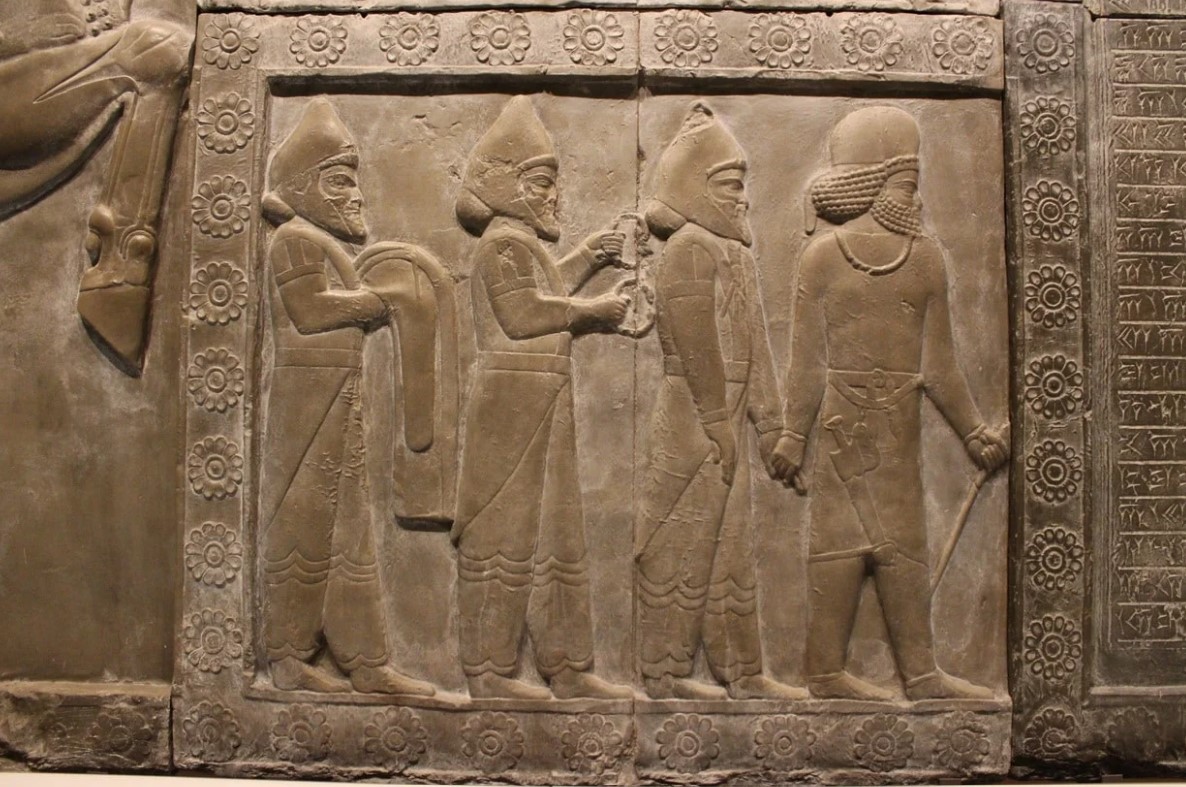
The Role of Mythology
Sumerian myths often revolve around the Anunnaki, who were thought to judge humans and influence their destiny. Tales of creation, destruction, and divine intervention highlight the gods’ significant role in Sumerian culture and religion.
Interpreting the Anunnaki
While many view these stories as mythology akin to Greek or Norse legends, some researchers suggest that the Anunnaki might hold deeper meanings, sparking debates about their true nature and origins.
Cultural Achievements of the Sumerian Civilization
Writing and Record-Keeping
The invention of cuneiform was a monumental achievement, allowing the Sumerians to record everything from trade transactions to religious hymns. This early form of writing laid the groundwork for literature and historical documentation.
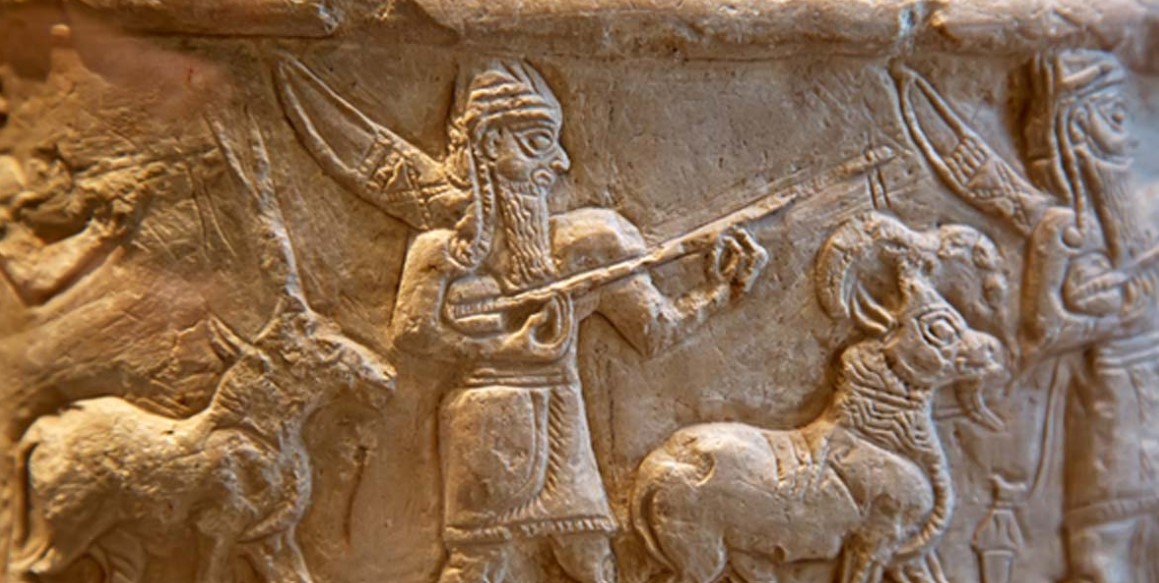
Advanced Governance
The Sumerians established some of the earliest forms of government, including city-states ruled by kings and councils. They also created legal codes that influenced later civilizations, such as the famous Code of Ur-Nammu.
Art and Architecture
From intricate cylinder seals to grand ziggurats, Sumerian art and architecture reflect their creative spirit and technical skill. Their structures served both practical and religious purposes, often dedicated to their gods.
Mysteries and Theories Surrounding the Anunnaki
Mythology or reality?
While most scholars regard the Anunnaki as mythological figures, some theories suggest a more tangible origin. For example, fringe researchers have proposed that the Anunnaki could represent extraterrestrial beings who interacted with ancient humans.
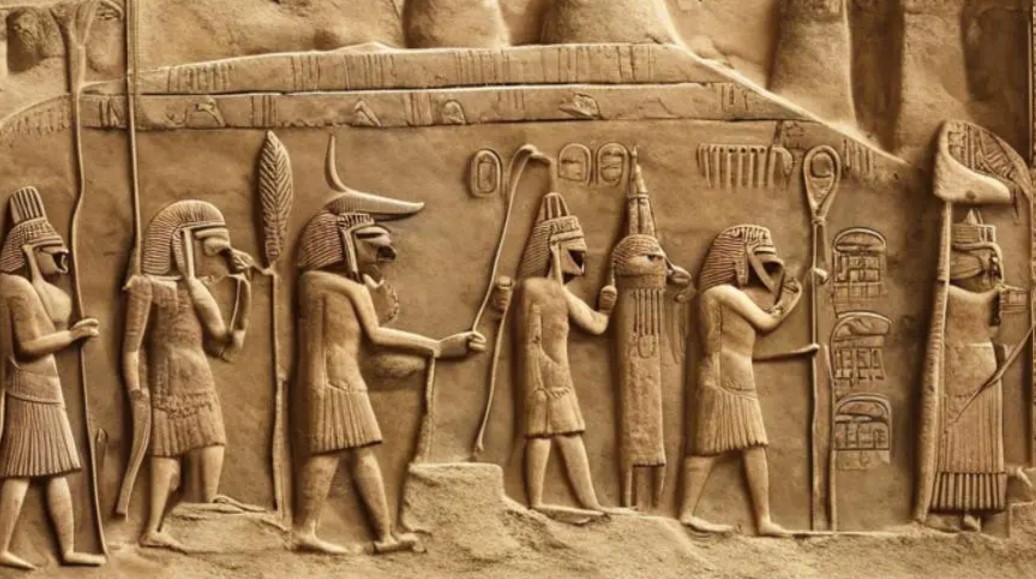
Influence on Other Cultures
The concept of powerful deities influencing human fate is not unique to the Sumerians. Similar themes appear in the religions of ancient Egypt, Greece, and Mesopotamia, suggesting that Sumerian beliefs may have shaped neighboring cultures.
Modern Fascination
The Anunnaki remain a topic of fascination in popular culture, inspiring books, documentaries, and conspiracy theories. Their enduring allure reflects humanity’s curiosity about our ancient past and its mysteries.
Decline of the Sumerian Civilization
Factors Leading to Decline
By around 1750 BCE, the Sumerian civilization began to decline due to factors such as invasions, internal strife, and environmental challenges. The rise of the Akkadian Empire and later Babylonian dominance further overshadowed Sumerian achievements.
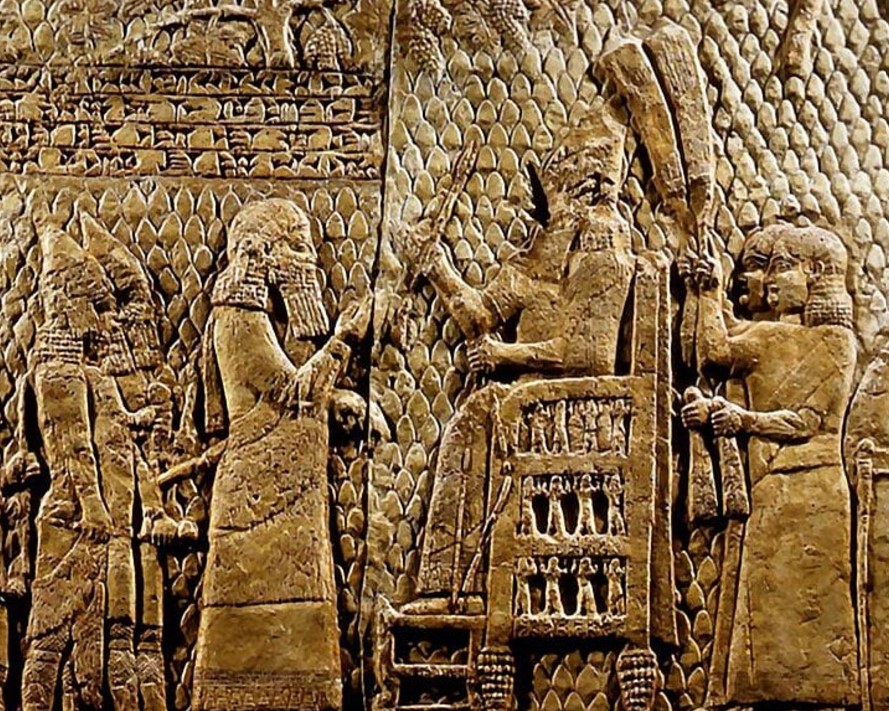
Preservation Through Successors
Despite their decline, the Sumerians’ innovations and cultural practices were adopted and adapted by subsequent civilizations, ensuring their legacy endured through the ages.
Archaeological Rediscovery
Modern archaeology has played a crucial role in uncovering Sumerian history, with sites like Ur and Uruk revealing insights into their society, religion, and daily life. These discoveries continue to enrich our understanding of ancient Mesopotamia.
Conclusion: The Enduring Legacy of the Sumerians
The Sumerian civilization stands as a cornerstone of human history, marking the transition from prehistory to recorded history. From their groundbreaking inventions in writing and timekeeping to their complex religious beliefs centered around the Anunnaki, the Sumerians shaped the foundation of modern culture and governance.
Their achievements continue to inspire curiosity and admiration, while the mysteries surrounding their gods and myths fuel ongoing debates and theories. As we uncover more about this ancient civilization, we gain not only a deeper understanding of their world but also a greater appreciation for the enduring human quest for knowledge and meaning.

CÁC TIN KHÁC
Mark Twain & Olivia Langdon: A 36-Year Love Story Filled with Laughter and Devotion
The Tollund Man: A 2,400-Year-Old Mystery Preserved in a Danish Bog
Skara Brae: Scotland’s Hidden Neolithic Village
Porta Nigra: The Hidden Depths of Trier’s Iconic Roman Gate